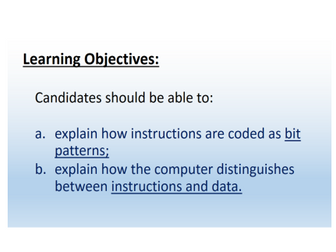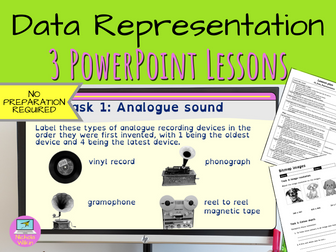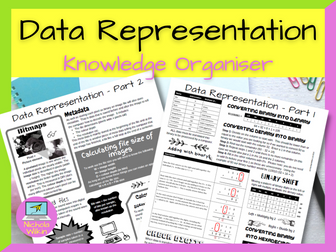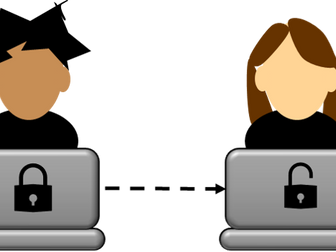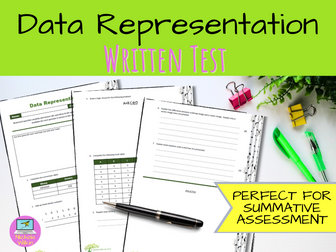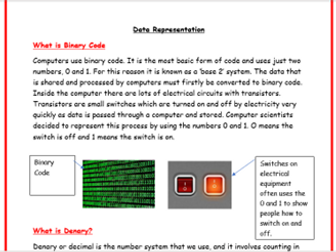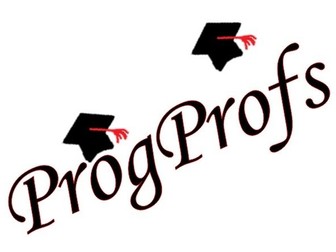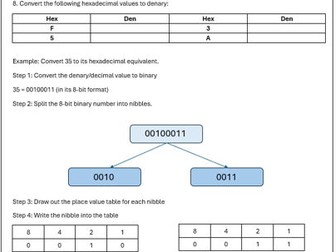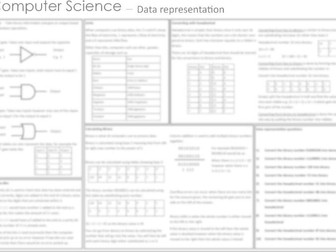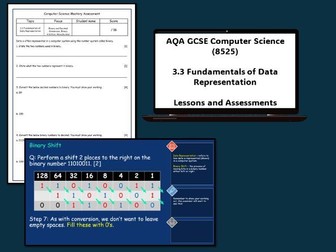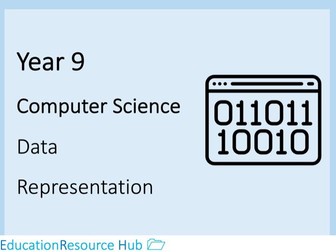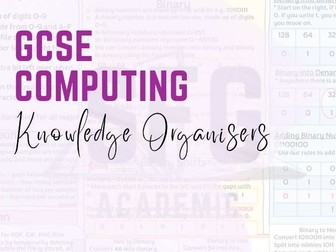Data Representation Year 9 Assessment
<p>Are you looking for a robust, ready to use summative assessment to test your students understanding of data representation?</p>
<p>Computers science teachers have been left in a wilderness, without a rigorous, fair and consistent way to test your student’s knowledge in key stage 3 … UNTIL NOW!</p>
<p><strong>WHAT IS TESTED?</strong><br />
This written test has been carefully mapped to the UK’s Computing At Schools (CAS) Progression Pathways. It includes a mixture of multiple-choice, short answer and long answer questions.</p>
<p>This assessment covers the following CAS Progression Pathway descriptions:</p>
<ul>
<li>Understands how numbers, images, sounds and character sets use the same bit patterns.</li>
<li>Performs simple operations using bit patterns e.g. binary addition.</li>
<li>Understands the relationship between resolution and colour depth, including the effect on file size.</li>
<li>Distinguishes between data used in a simple program (a variable) and the storage structure for that data.</li>
<li>Knows the relationship between data representation and data quality.</li>
<li>Understands the relationship between binary and electrical circuits, including Boolean logic.</li>
<li>Understands how and why values are data typed in many different languages when manipulated within programs.</li>
<li>Performs operations using bit patterns e.g. conversion between binary and hexadecimal, binary subtraction etc.</li>
<li>Understands and can explain the need for data compression and performs simple compression methods.</li>
<li>Knows what a relational database is and understands the benefits of storing data in multiple tables.<br />
.</li>
</ul>
<p>The test lasts 50 minutes.</p>
<p><strong>WHO IS THIS ASSESSMENT FOR?</strong><br />
This test is paper 1 and has been written for year 9. If you are looking for the year 7 (paper 1) assessment, click <strong><a href="https://www.tes.com/teaching-resource/resource-12727924">here</a></strong>. If you are looking for the year 8 (paper 2) assessment, click <strong><a href="http://" target="_blank" rel="nofollow">here</a></strong>.</p>
<p><strong>HOW DO I USE THE ASSESSMENT?</strong><br />
This assessment is super easy to use. Simply print out the question paper and give to your students. It is better to run this assessment in class rather than as a homework task to ensure reliability.</p>
<p>Students complete the test on paper.</p>
<p><strong>HOW IS THE ASSESSMENT MARKED?</strong><br />
You mark the papers yourself but don’t worry, you get an easy to follow mark scheme and can even watch the helpful video which shows you exactly how to mark it.</p>
<p><strong>HOW IS THE ASSESSMENT GRADED?</strong><br />
Included in the resource is an Excel spreadsheet. Once you enter the marks onto the spreadsheet, it will automatically show you the total marks, the grade (A* to U) and if they have met expectations, are above expectations or are below expectations to help you with report writing. You also get a summary showing you how well the CAS Progression Pathways have been answered by your students to help you with future planning.</p>
<p>This simple, easy to use summative assessment paper provides you with useful feedback your senior leadership team will love. Download it now to add it to your teacher toolkit.</p>

